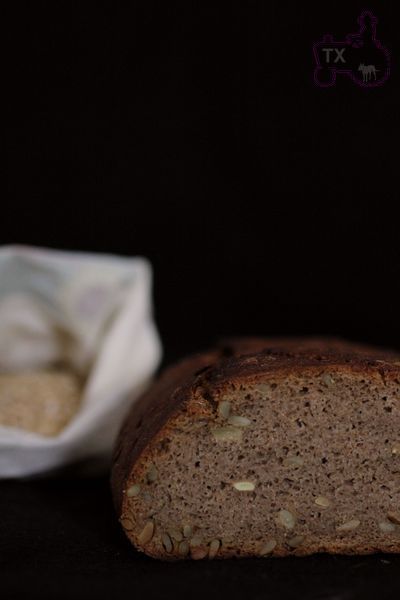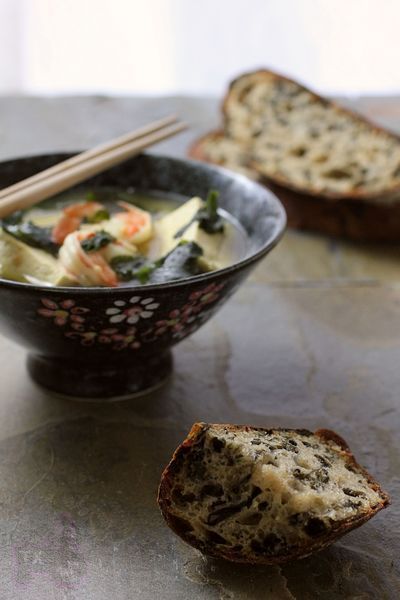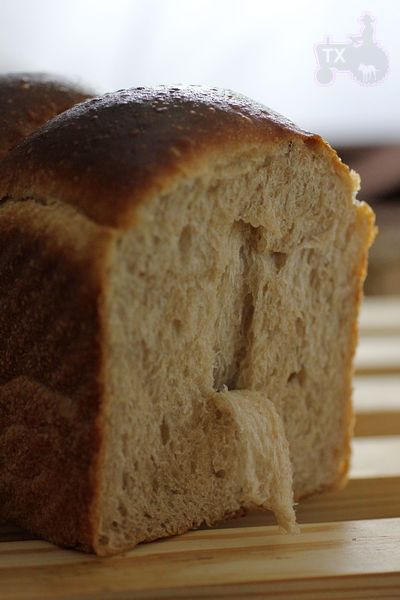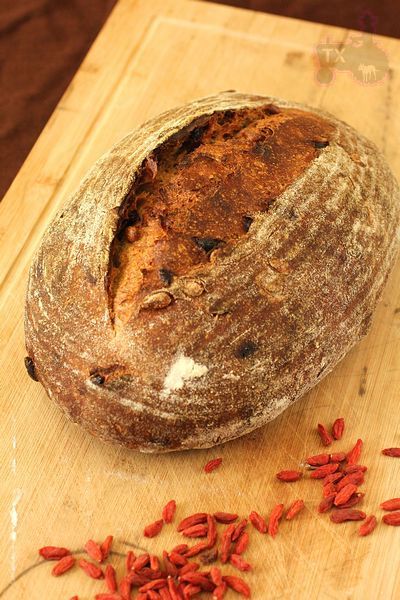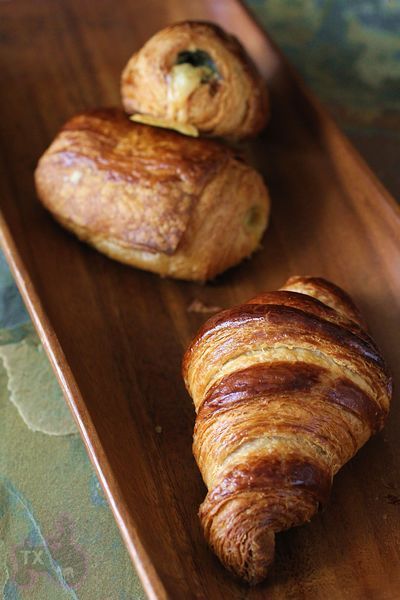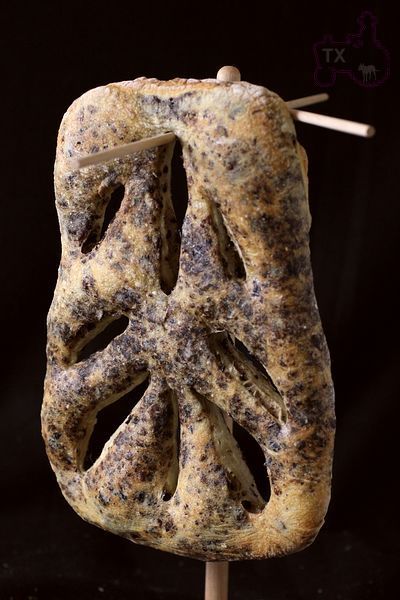txfarmer's blog
100% WW Tomato Pesto Bread - super tomato-y
Sending this to Yeastspotting.

I have been wanting to make a tomato flavored bread for a while now, after quite a few attempts, I found
Golspie Loaf
Sending this to Yeastspotting.
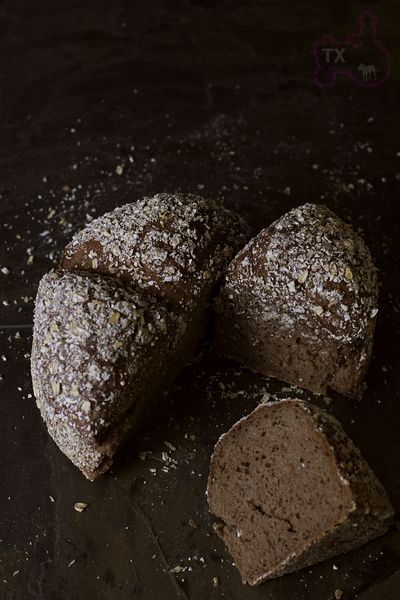
Another great loaf from the book "A Handmade Loaf". 73% whole wheat, 27% rye (all in starter), and lots of oatmeal on the crust, it's a flavorful whole grain loaf.

